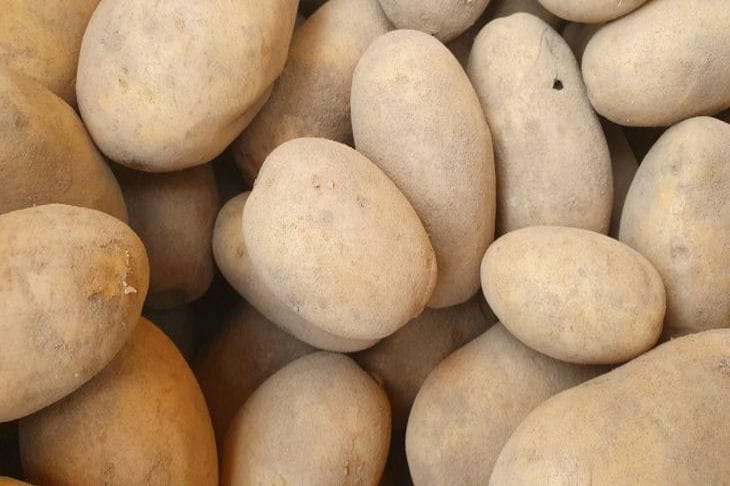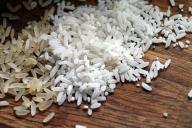Gardens all over the world recognize the potato as their undisputed monarch!
This root is undemanding, rich in nutrients and has an excellent taste, which has made it a favorite in all corners of the planet.
But to grow really large and juicy tubers, you need to know the basics of growing this vegetable, says Anastasia Kovrizhnykh .

Selection of planting material
The quality of the planting material directly affects the future harvest. To obtain large tubers, choose healthy, undamaged seed potatoes of medium size.
The potato variety also matters: there are varieties that tend to form large tubers.
Soil preparation
Potatoes prefer loose, fertile soil with a neutral or slightly acidic reaction.
Soil preparation begins in the fall: the area is dug up, organic fertilizers (humus, compost) and mineral complexes are added. In the spring, the soil is loosened and leveled, creating favorable conditions for root growth.
Timing and methods of planting
The timing of planting potatoes depends on the climatic conditions of the region. Potatoes are usually planted when the soil warms up to +8°C at a depth of 10 cm.
There are different ways of planting: in ridges, in trenches, under straw. The choice of method depends on the type of soil, the level of groundwater and the personal preferences of the gardener.
Depth and planting pattern
The depth of planting potatoes depends on the size of the seed tubers and the type of soil. Usually, potatoes are planted 8-10 cm deep.
The planting pattern is also important: too dense planting leads to competition between plants for light, water and nutrients, which negatively affects the size of the tubers. The optimal distance between rows is 60-70 cm, between plants in a row – 30-40 cm.
Potato care
After planting, potatoes require regular care: watering, loosening the soil, weeding, hilling.
Hilling is an important agricultural technique that promotes the formation of additional stolons on which tubers are formed. Hilling is carried out 2-3 times per season, starting with the emergence of shoots 15-20 cm high.
Protection from diseases and pests
Potatoes are susceptible to various diseases and pests, which can significantly reduce yields.
To protect plants, preventive measures are used, such as crop rotation, treatment of planting material, and the use of resistant varieties. If necessary, chemical or biological preparations are used.
Harvesting and storage
Potatoes are harvested when the tops begin to wither and turn yellow. The tubers are carefully dug up, dried and sorted. Potatoes are stored in a cool, dark and well-ventilated room.
Earlier we wrote about how to water garlic with salt in the spring.









